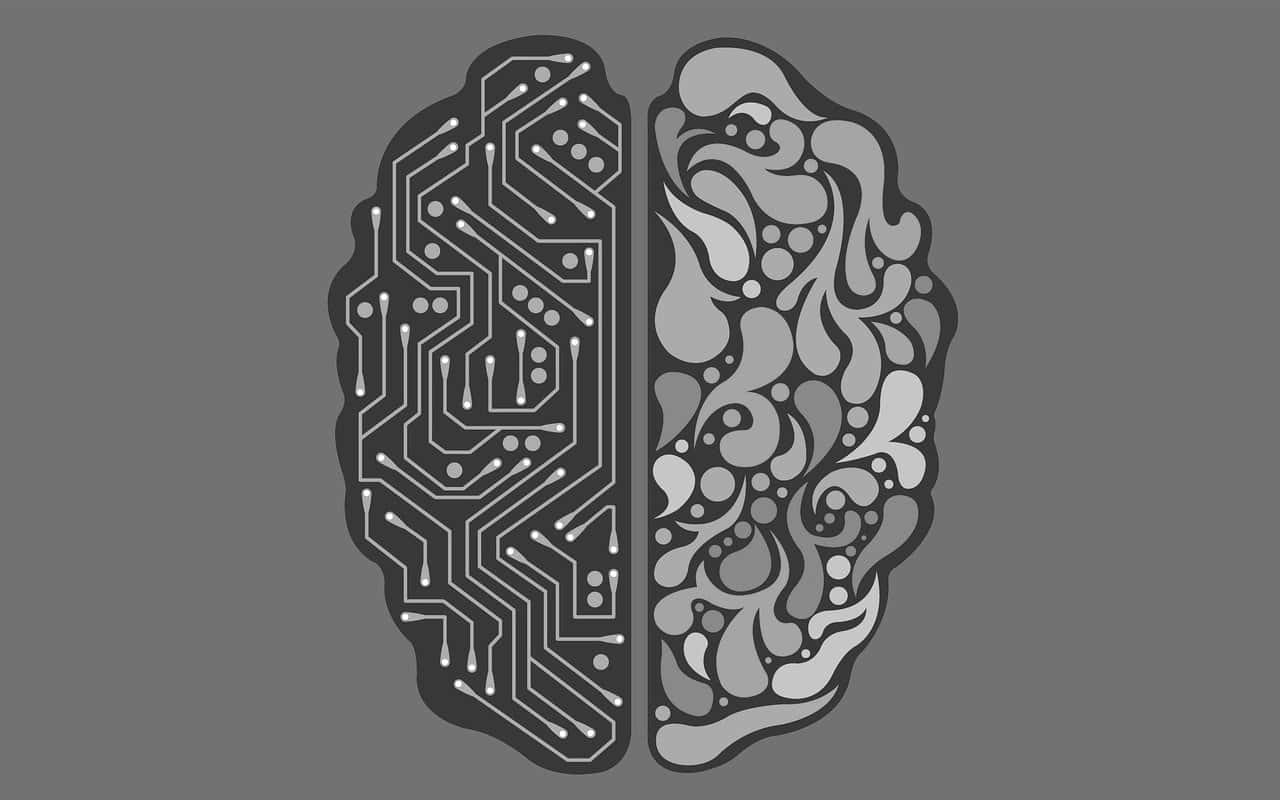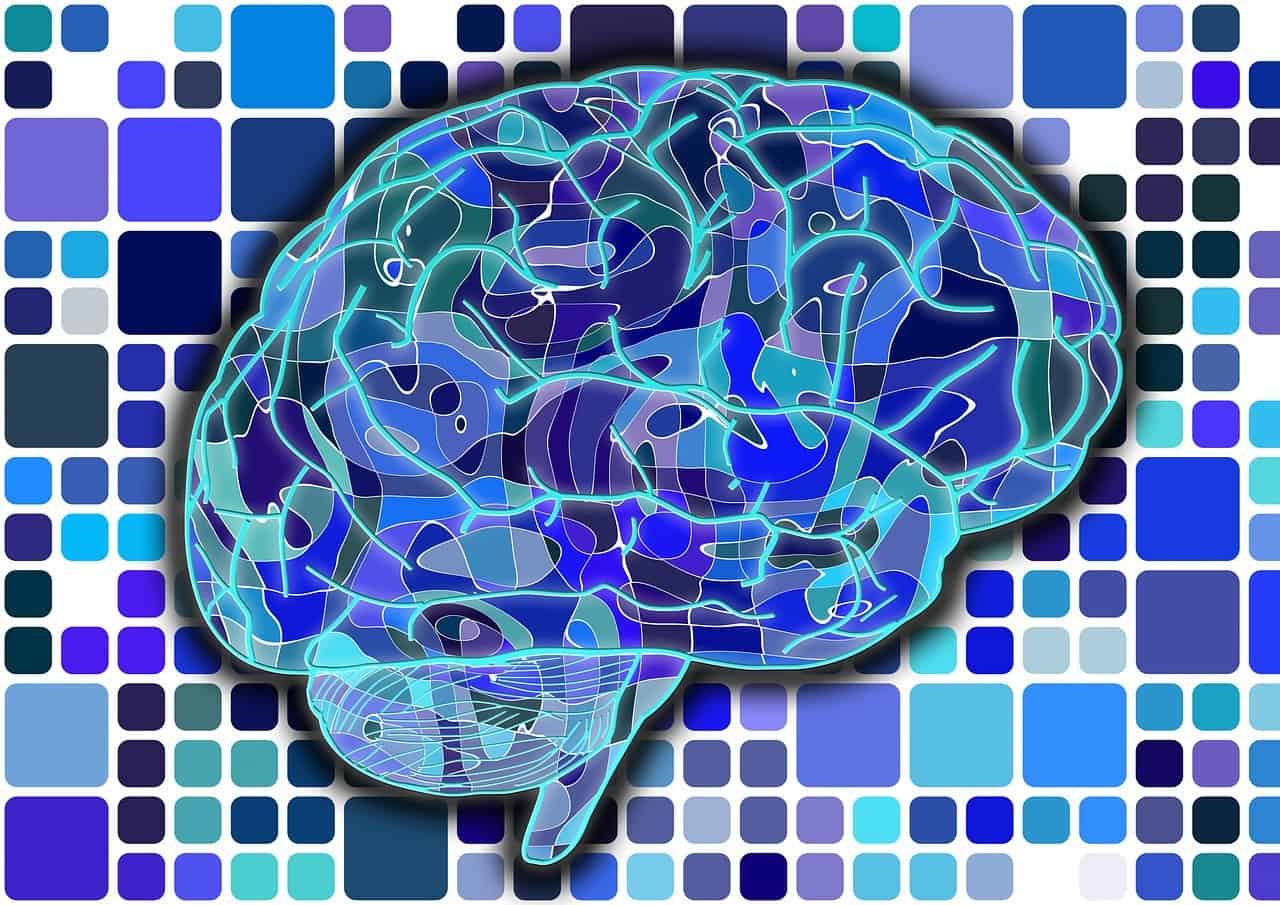
More than six million people worldwide suffer from Parkinson’s Disease. It is a disease that is often treated with what is known as “deep brain stimulation,” whereby a patient has centimeter-long electrodes implanted into their brain that stimulate certain areas.
It is a technique that is improving all the time, but it also has disadvantages. One of those disadvantages is that it involves fairly major surgery. A second disadvantage is that a patient has to undergo surgery not just one time but several times. This is because the electrical stimulator is connected to a battery that must be replaced every 3 to 5 years.
50 nanometers
Which is why scientists from Maastricht UMC+ (The Netherlands), the Max-Planck Institute for Intelligent Systems and the Karlsruher Institute of Technology (KIT, both in Germany) figured out a different method that entails electrically charged nanoparticles being inserted into the brain instead. At just 50 nanometers in size, these nanoparticles are a thousand times smaller than a human hair. Once inserted into the brain, they can wirelessly stimulate the affected areas via a magnetic field.
Preliminary tests in mice have gone well, according to the researchers. The results of the study were published in the academic journal Science Advances.
As part of the research, the nanoparticles were first studied in human nerve cells in a laboratory, the Maastricht UMC+ reports. There it was seen that an external magnetic field causes the cells to become electrically activated.

Mice on the catwalk
The next step was then carried out on mice. The nanoparticles were inserted into a site where classical deep brain stimulation (via surgery) is also known to be effective. With the help of various experiments, it was demonstrated that applying a magnetic field on that area also ensures that brain areas can be stimulated wirelessly.
Even the movement behavior of the mice was affected by the magnetic stimulation when compared to the mice that were used in the control group. They ran faster on the “catwalk.”
Revolution
“This is a major breakthrough in the field of deep brain stimulation,” says Ali Jahanshahi, one of the researchers at Maastricht UMC+. “In future research, we intend to further study the possibilities and limitations of this new technology.” Jahanshahi recently received a grant from the Dutch Research Council (NWO) to carry out the research.
Even though the application of magnetic brain stimulation with nanoparticles in humans may still be a long way off, its potential is very promising, says Maastricht neurosurgeon Yasin Temel: “If we can help patients with severe brain disease without the need for lengthy surgery and repeated battery replacement, that would, of course, be fantastic.”
Metin Sitti, head of department at the Max Planck Institute for Intelligent Systems, is also enthusiastic: “Wireless medical devices can revolutionize medicine in the future with minimally invasive, implantable, local and effective treatment of a lot of diseases. This study is a first step in the right direction.”
See our other articles on Parkinson’s research here.








